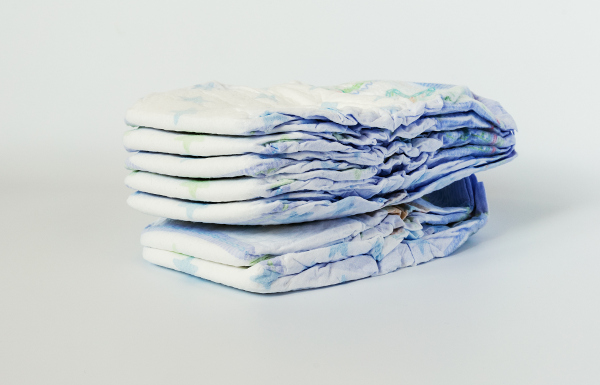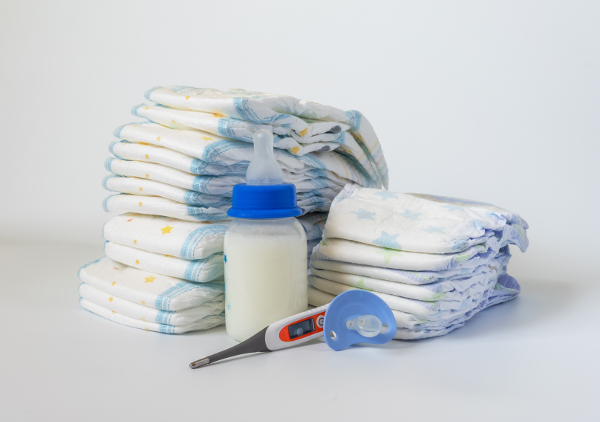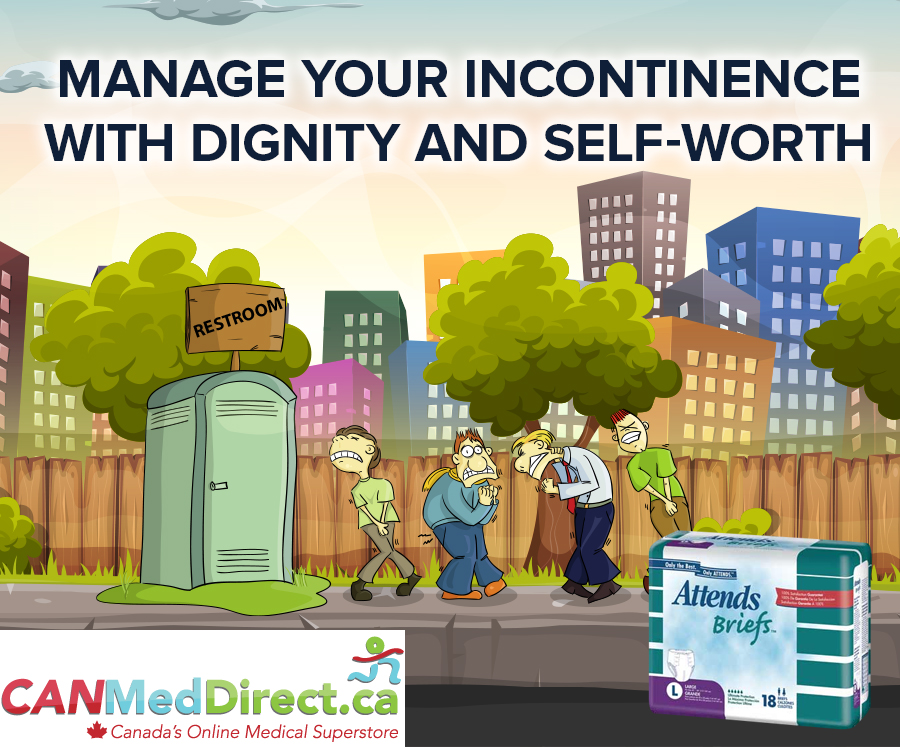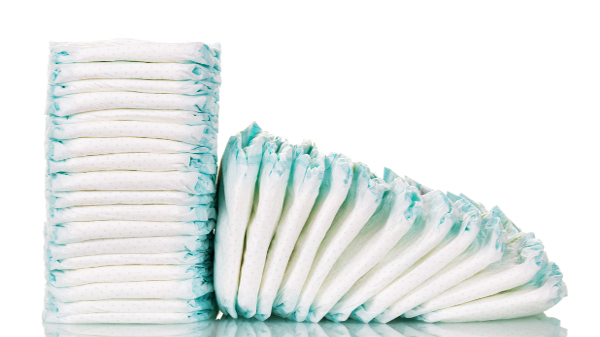incontinence
-
January 06, 2017
Incontinence can take place for a number of reasons. Some people live with chronic conditions that lead to the problem. Others are suffering incontinence as part of the aftermath of surgery and only have to deal with the issue for a short time. There is also the possibility of experiencing what is known as stress incontinence, a condition that may also only last for awhile. When it comes to choosing the right products to deal with the incontinence, many find that comparing the merits of discount disposable briefs with the use of pessaries is worth the time and effort. Here are some examples of how each approach can work best.
-
December 13, 2016
Incontinence is a health issue that anyone can develop. While there are people who believe this condition is only for those who are getting older, there are many different short-term and chronic health problems that may trigger this type of condition. The good news is that whatever the age or gender, there are resources that make it easier to live with incontinence and do so with dignity. Here are examples of three options that should be discussed with the family doctor.
Incontinence Pads
Pads are multi-layered sheets that can be tucked into a pair of underwear or woven into what is known as incontinence underwear. The design makes it possible to absorb -
November 01, 2016
People who live with incontinence know that the condition can interfere with just about every facet of life. Fortunately, the continence products on the market today are more advanced than anything offered even a decade ago. Here are some of the ways that the products have evolved and what they can do to make this condition easier to manage.
A Better Fit Than Ever
There was a time when continence diapers for adults were bulky affairs that left telltale bulges for all the world to see. Even wearing loose clothing was not enough to hide the fact that the individual was wearing a diaper. That’s all changed.
Today’s diapers utilize absorbent -
October 06, 2016
Many people suffer from varying degrees of urinary or fecal incontinence for various reasons. While they often think that this condition spells the end of life as they know it, this is by no means true anymore. There are many products available to help ensure that you are still able to enjoy your favorite activities to the fullest – without having to be embarrassed about your condition. Below are a few tips that can help you manage incontinence as well.
1. Keep your Fluid Intake Balanced
Many incontinence sufferers think that they need to decrease their fluid -
September 27, 2016
CareBag is a better way to secure your leg bag. While traditional thin leg bag straps can dig into your skin and irritate it, CareBag covers the entire length of the leg bag, evenly distributing the tension needed to secure the leg bag.
This reduces the risk of any constriction or pressure sores, prevents the bag from moving around and helps to dampen any undesired sounds, thus providing discretion.
CareBag features an inner pocket to hold the leg bag as well as an opening at the bottom for drainage.
CareBag
-
August 18, 2016
Incontinence is a topic that no one wants to discuss at any time because it can be embarrassing for sufferers. However, trying to avoid discussing it can result in patients not getting the medical assistance they need – or even access to a range of hernia belt supplies, adult diapers or other fecal incontinence products that will improve their quality of life. Below are some tips to ensure that even larger patients are able to obtain suitable products.
1. Don’t be Afraid to Speak with a Doctor
-
May 11, 2016
These days, doctors are bale to diagnose various forms of incontinence in patients, which enables them to provide better care to them than ever before. Below are some ways in which you are able to tell the difference between stress incontinence and urge-related incontinence, as well as a few handy tips pertaining to incontinence products that can be used to deal with each of them.
#1 – Stress Incontinence
Stress incontinence is diagnosed when urine leaks from the bladder as a result of weakened pelvic floor tissues and muscles, and it usually occurs when laughing, sneezing, exercising








